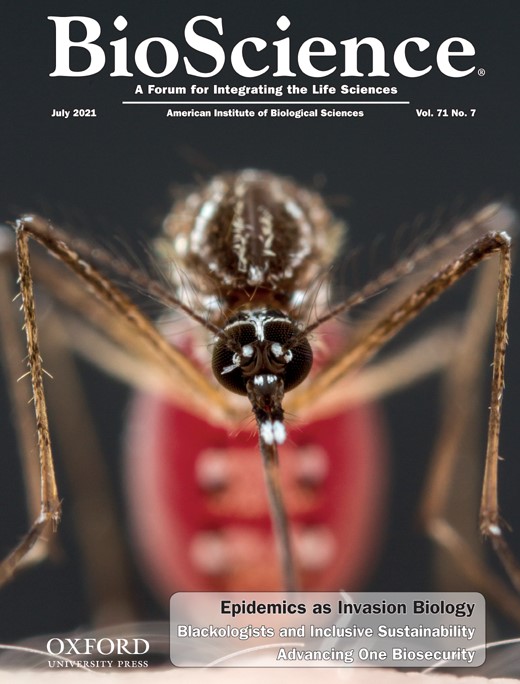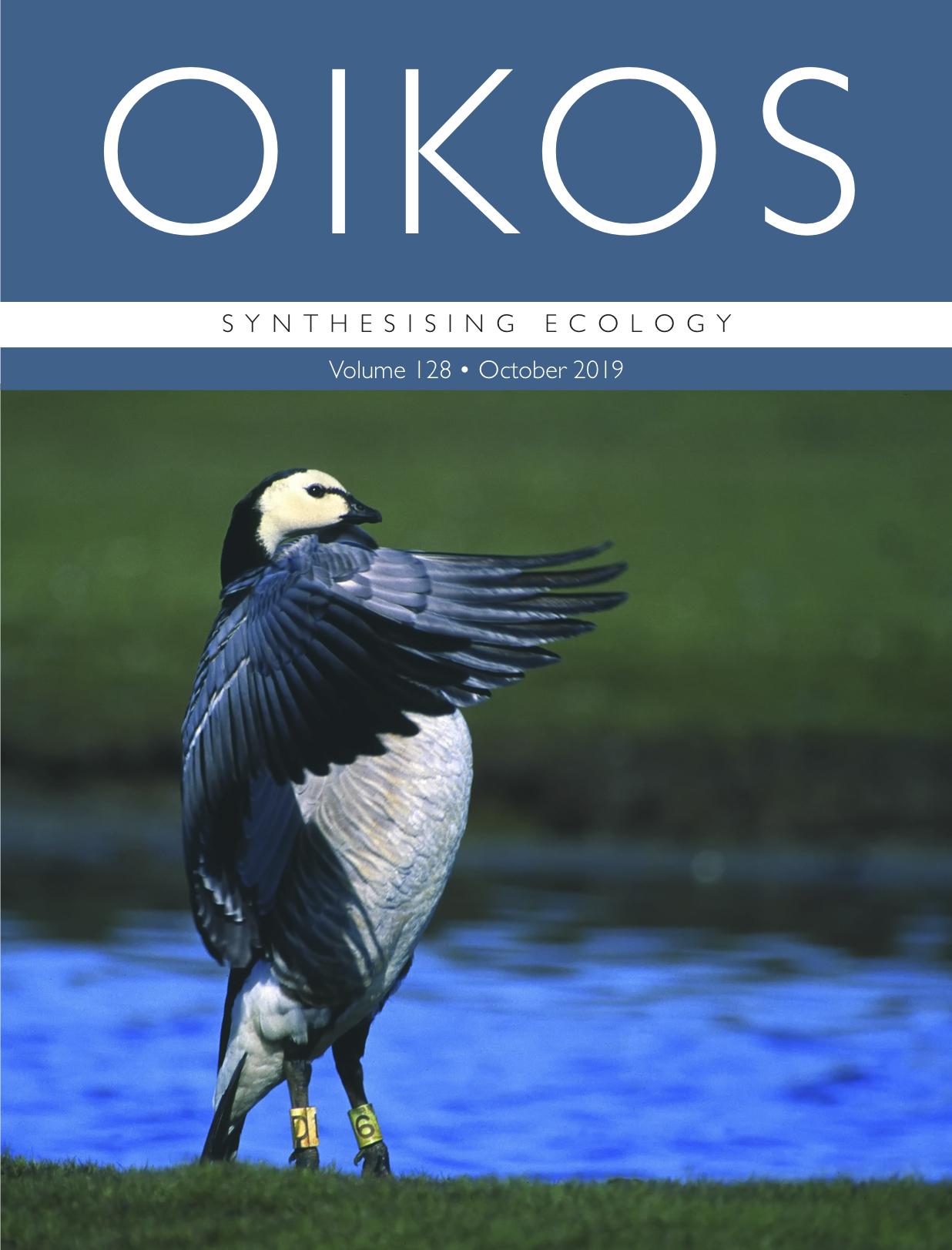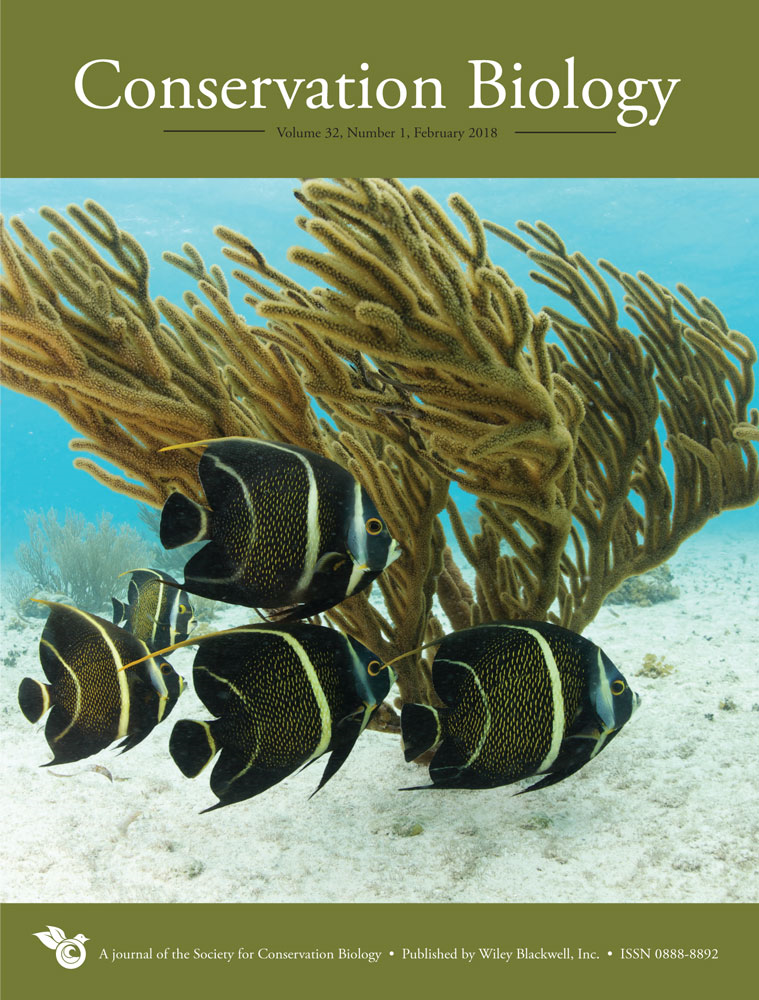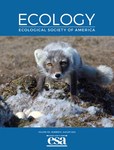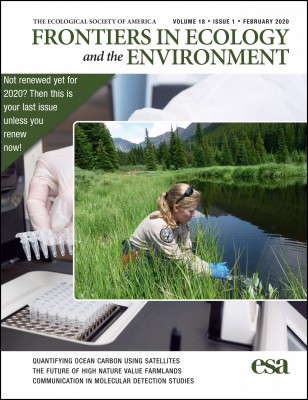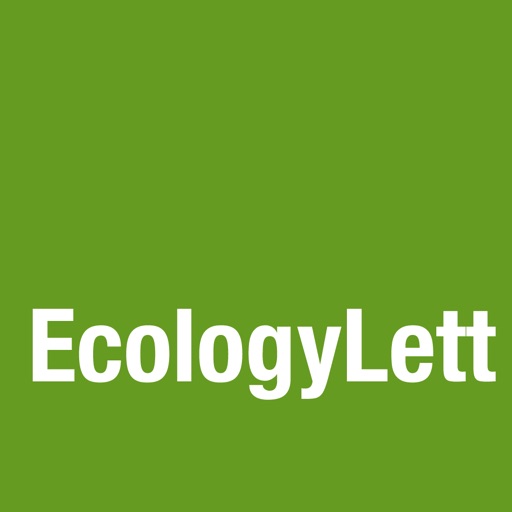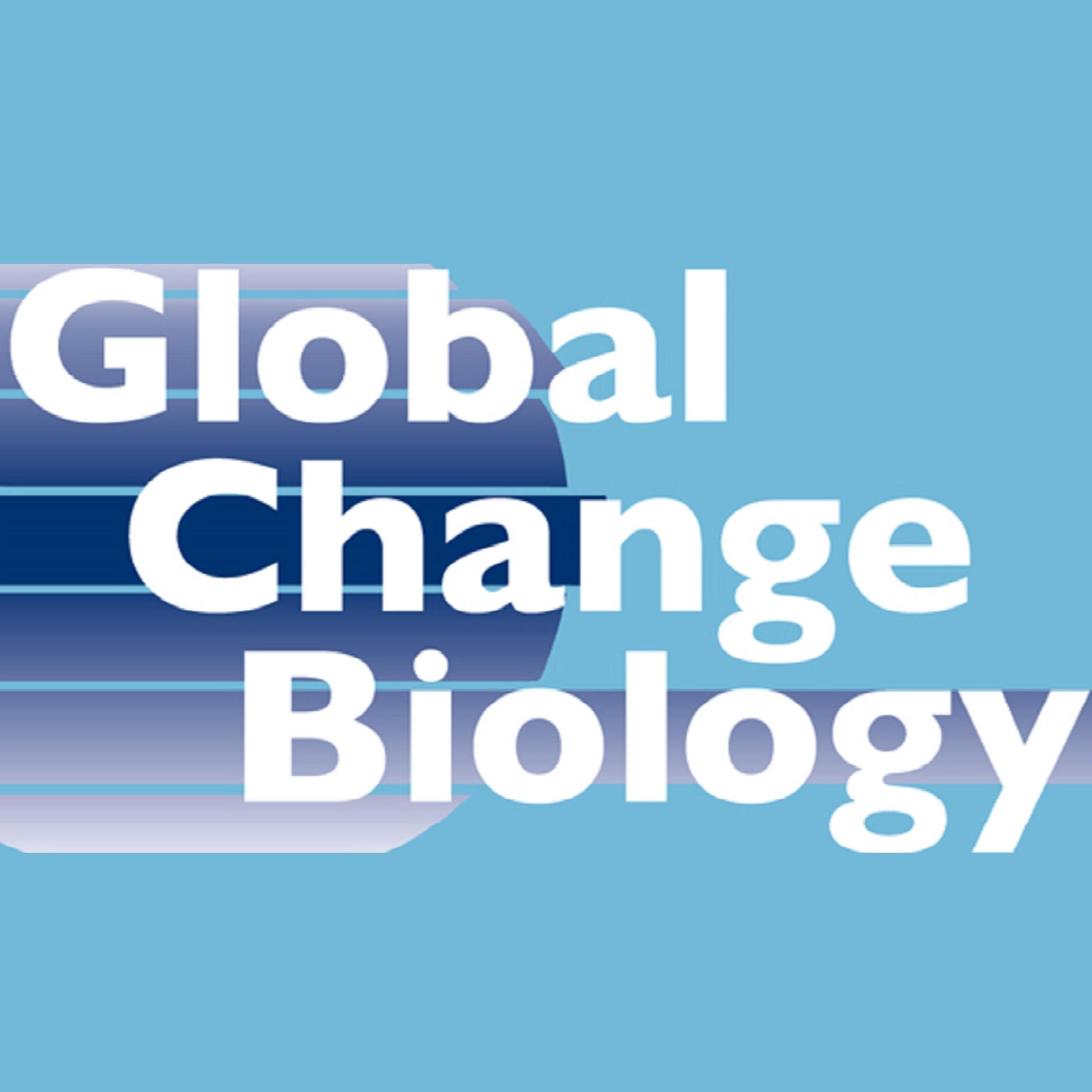- Topic:Biodiversity
The potential of historical spy-satellite imagery to support research in ecology and conservation
This study evaluated the spatial, temporal, and seasonal coverage of over one million declassified images from 4 US spy-satellite programmes, showing that this data spans nearly the entire globe and all seasons. Their use could lead to better mapping of the historical extent and structure of ecosystems and human impacts, and help reconstruct past habitats and species distributions.
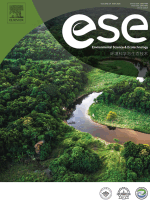
Health risk ranking of antibiotic resistance genes in the Yangtze River
Aquatic microorganisms in China's Yangtze River are particularly resistant to many antibiotics, posing a high health risk.

Three hundred years of past and future changes for native fish species in the upper Danube River Basin—Historical flow alterations versus future climate change
The authors show that fish have been particularly sensitive to changes in flow regimes in the past, while higher temperatures will pose the greatest threat in the future. The threat assessment will remain at least as high in the future. However, it could probably be mitigated by reconnecting former floodplains and improving river connectivity.
The shape of density dependence and the relationship between population growth, intraspecific competition and equilibrium population density
The authors focused on extensions of the logistic growth model, and how intrinsic rates of increase and equilibrium population densities are not independent, but instead are functions of the same underlying parameters. They highlight several options for modeling population growth, and provide a mechanistic understanding of how the model parameters of each model relate to one another.
Using the IUCN Environmental Impact Classification for AlienTaxa to inform decision-making
The Environmental Impact Classification for Alien Taxa (EICAT) has been adopted as an International Union for Conservation of Nature (IUCN) standard to measure the severity of environmental impacts caused by organisms living outside their native ranges. This article clarifies the underlying principles, objectives, and uses of EICAT.
Quantifying interspecific and intraspecific diversity effectson ecosystem functioning
The authors included effects of intraspecific variation to a variance partitioning method that allows quantifying effects of losses and gains of inter- and intraspecific groups to changes in ecosystem functioning. The method will also provide information on how biodiversity loss at different ecological levels changes ecosystem functioning.
Flagship individuals in biodiversity conservation
This study extends the concept of flagship species to include individual organisms, who can garner public attention and attract conservation support. Flagship individuals typically share a similar suite of characteristics, including: (1) charismatic species-level traits; (2) unique or distinctive individual traits; (3) a high degree of exposure to humans; and (4) a noteworthy life history or fate.
Long-term data reveal contrasting impacts of native versus invasive nest predators in Iceland
The authors used unusual Citizen Science data from several decades to show that the American mink has decimated the native eider duck in the Brokey archipelago by about 60 %. In another Icelandic landscape, the return of the native Arctic fox had no discernible impact on the eider population - presumably due to the common evolutionary history in which the eiders have developed defence strategies.
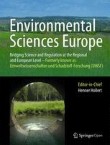
Potential for high toxicity of polystyrene nanoplastics to the European Daphnia longispina
Until now, the toxicity assessment of microplastics in the environment relied on the model organism Daphnia magna for evaluating potential hazards to aquatic invertebrates. However, other Daphnia species are primarily found in Northern Hemisphere lakes, most notably Daphnia longispina. The current study reveals that Daphnia longispina can be more sensitive to microplastics than Daphnia magna.
Patterns and drivers of climatic niche dynamics during biological invasions of island-endemic amphibians, reptiles, and birds
Looking at insular amphibians, reptiles and birds across the world, the authors investigated mismatches between native and non-native climatic niches and how these mismatches can be explained. The results show that climatic mismatches are common for non-native birds and reptiles, but rare for amphibians, and that several factors are significantly related to these mismatches.


